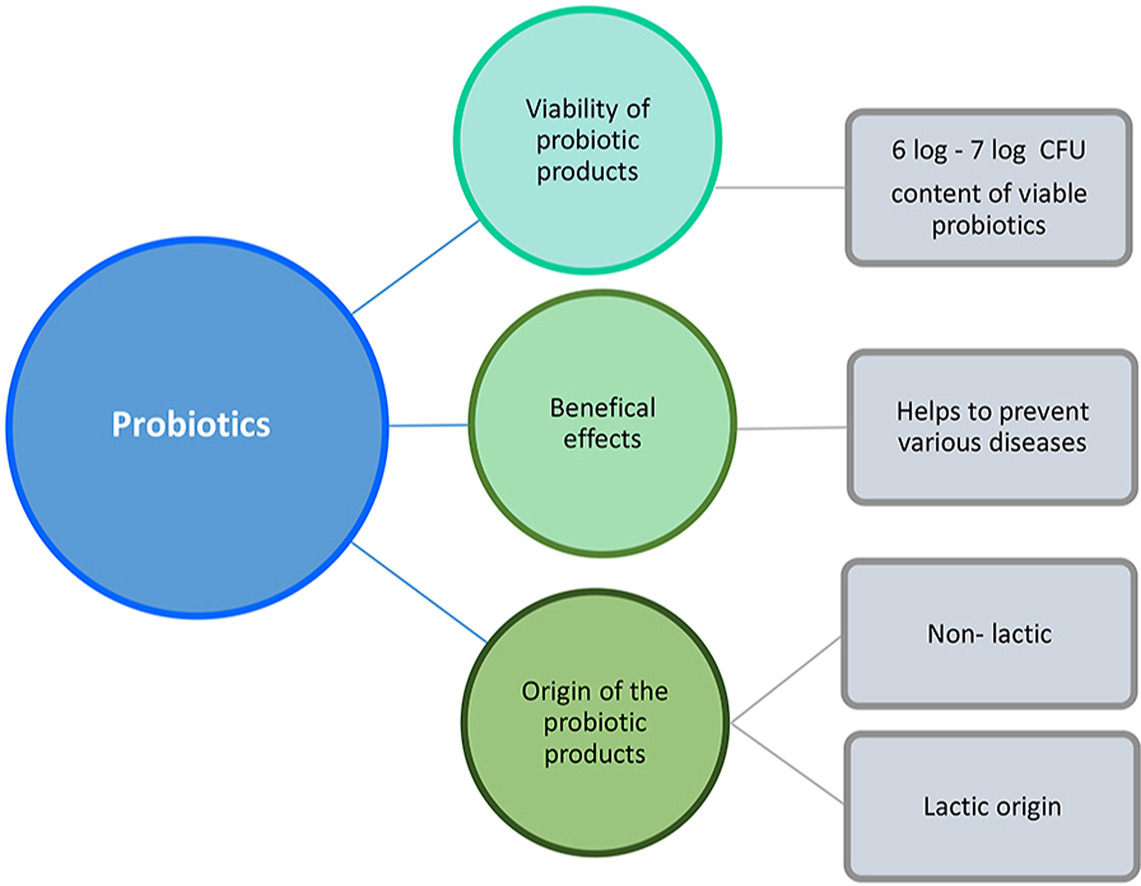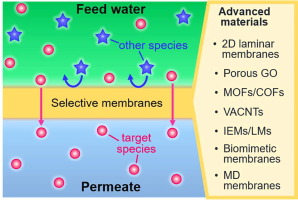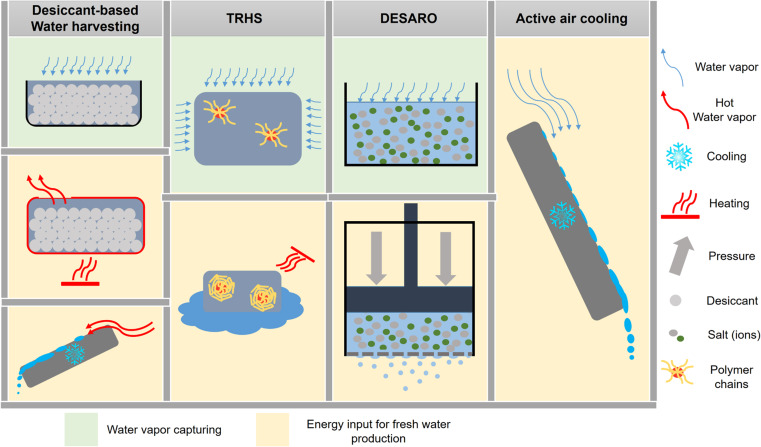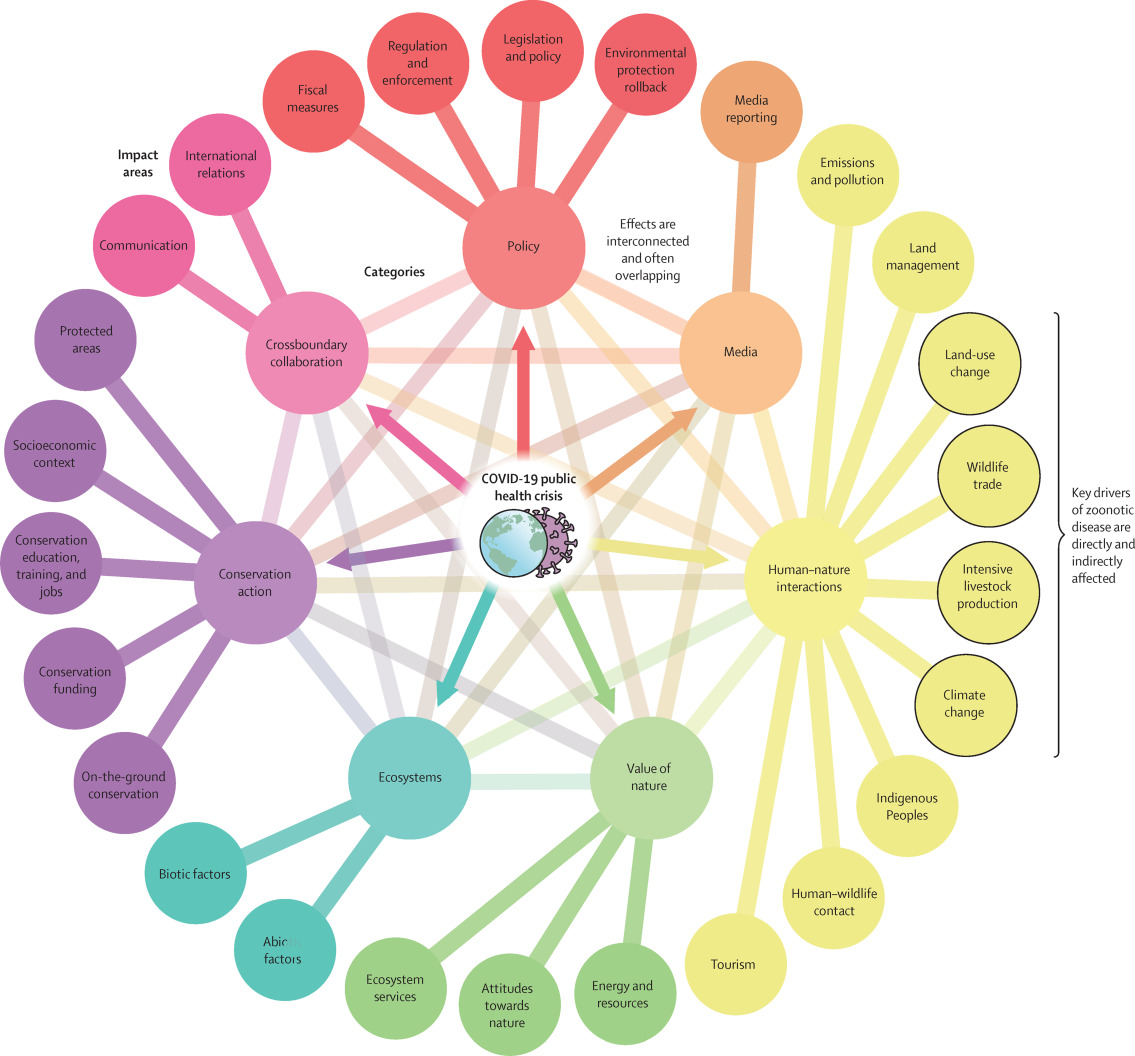LWT, Volume 151, November 2021
Foods with probiotics are in high demand by consumers given their associated health properties that make them the most popular functional foods. Probiotics have primarily been used in products of lactic acid origin. However, nondairy foods are increasingly being used as carriers of probiotics because the population exhibits high levels of lactose intolerance. In addition, modern lifestyles are increasingly distant from animal food consumption such as dairy products.
The Lancet Global Health, Volume 9, November 2021
The Lancet Regional Health - Western Pacific, Volume 16, November 2021
The Lancet Regional Health - Western Pacific, Volume 16, November 2021
iScience, Volume 24, 19 November 2021
Forensic Science International: Animals and Environments, Volume 1, November 2021





